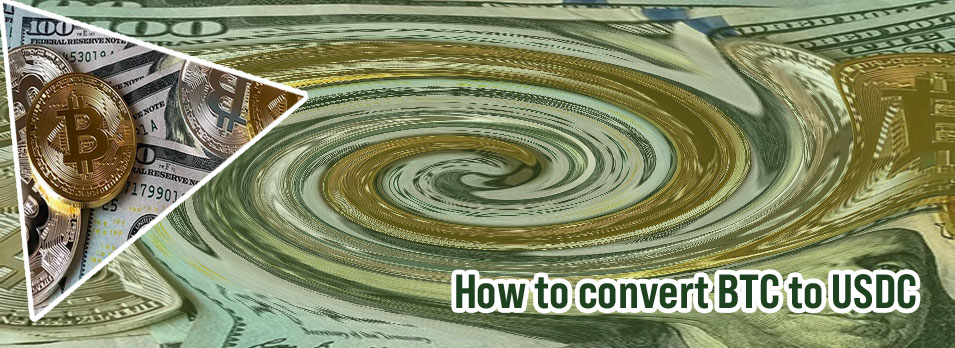- Bitcoin apps
- How to buy on cryptocom
- Bit coin price in us
- Cryptocurrency bitcoin price
- Cryptocoin com coin
- When to buy bitcoin
- Where to buy gyen crypto
- Ethereum candlestick chart
- How to buy crypto
- Buy ethereum with credit card
- Today's bitcoin cash price
- 1 etherium to usd
- Cryptocom cards
- Buy btc
- Cryptocom card
- Where to buy crypto
- Largest bitcoin holders
- Ethusd converter
- Where to buy ethereum
- 1bitcoin to dollar
- How to buy safemoon on cryptocom app
- Crypto exchange
- Bitcoin one percent controls all circulating
- What is ethereum trading at
- Metaverse coins on cryptocom
- Cryptocom payment methods
- Crypto com not working
- What app can i buy dogecoin
- Dogecoin 20 where to buy
- How to sell on cryptocom
- Btt crypto price
- Btc mining
- Safe btc crypto
- Bitcoin cryptocurrency
- Selling crypto
- Cryptocurrency exchanges
- Dot crypto
- Buy physical bitcoin
- Polygon crypto
- Where to sell dogecoin
- Price of ethereum today
- Safe dollar crypto
- How much is bitcoin
- Apps cryptocurrency
- How to close crypto com account
- Eternal crypto
- Crypto card
- Bit price
- Cryptos
- Coinbase cryptocurrency prices
- Bitcoin historical price
- Price of ethereum
- Tether to usd
- Does cryptocom charge fees

1bitcoin to dollar
As the value of Bitcoin continues to fluctuate, many people are curious about the current exchange rate between Bitcoin and the US dollar. To help you understand the latest conversion rate and factors influencing it, here are four informative articles on the topic:
Exploring the Factors Affecting Bitcoin to Dollar Exchange Rates

none
The Impact of Market Trends on Bitcoin's Value Against the Dollar
Bitcoin's value against the dollar is heavily influenced by market trends, making it a volatile and dynamic asset for investors. Understanding the impact of these trends is crucial for anyone looking to navigate the cryptocurrency market successfully.
-
Supply and Demand: One of the key factors driving Bitcoin's value is the basic economic principle of supply and demand. When demand for Bitcoin is high and supply is limited, its value tends to increase. Conversely, when demand is low and supply is abundant, its value may decrease.
-
Market Sentiment: Sentiment plays a major role in determining Bitcoin's value. Positive news or developments in the cryptocurrency world can lead to increased investor confidence and higher prices. On the other hand, negative news or regulatory actions can cause a sell-off and drive prices down.
-
Technological Developments: Technological advancements in the cryptocurrency space can also impact Bitcoin's value. Improvements in security, scalability, and usability can make Bitcoin more attractive to investors, leading to higher prices. Conversely, vulnerabilities or setbacks in technology can have the opposite effect.
-
Macroeconomic Factors: Bitcoin's value is also influenced by broader economic trends, such as inflation, interest rates, and geopolitical events. In times of economic uncertainty, investors may turn to Bitcoin as a safe haven asset
Analyzing Historical Data to Predict Bitcoin's Future Value in USD
Bitcoin has been a hot topic in the world of finance and investment, with its value fluctuating dramatically over the years. Many experts and analysts have tried to predict Bitcoin's future value in USD by analyzing historical data. By examining past trends and patterns, they hope to gain insights into what may lie ahead for this popular cryptocurrency.
One key factor that analysts consider when forecasting Bitcoin's future value is its price history. By studying how the price of Bitcoin has changed over time, they can identify potential trends and make informed predictions about its future trajectory. For example, if Bitcoin has experienced sharp price increases in the past, analysts may anticipate similar patterns in the future.
Another important aspect of analyzing historical data to predict Bitcoin's future value is studying market sentiment. By analyzing how investors have reacted to previous price movements, analysts can gauge market sentiment and make educated guesses about future price movements. For example, if investors have historically reacted positively to news about Bitcoin, analysts may anticipate a bullish trend in the future.
In conclusion, analyzing historical data is crucial for predicting Bitcoin's future value in USD. By examining price history and market sentiment, analysts can make informed predictions about where the price of Bitcoin may be headed next. This information is essential for investors and traders looking to make smart decisions in the volatile world
Understanding the Role of Supply and Demand in Bitcoin to Dollar Conversion
Bitcoin has become a popular form of digital currency in recent years, with its value constantly fluctuating against traditional fiat currencies such as the US dollar. One key factor that influences the exchange rate between Bitcoin and the dollar is the concept of supply and demand.
Supply and demand play a crucial role in determining the price of Bitcoin in relation to the dollar. When the demand for Bitcoin is high and the supply is limited, the price of Bitcoin tends to increase. Conversely, when the supply of Bitcoin exceeds the demand, the price of Bitcoin may decrease.
Understanding the dynamics of supply and demand in the Bitcoin market is essential for investors and traders looking to profit from the volatility of the cryptocurrency. By analyzing market trends and monitoring the levels of supply and demand, traders can make informed decisions on when to buy or sell Bitcoin to maximize their profits.
For example, a trader who closely monitors the supply and demand levels of Bitcoin notices a surge in demand for the cryptocurrency due to increased interest from institutional investors. Anticipating a price increase, the trader decides to buy Bitcoin at a lower price before the demand spikes further. As a result, the trader is able to sell the Bitcoin at a higher price later on, securing a profitable return on investment.